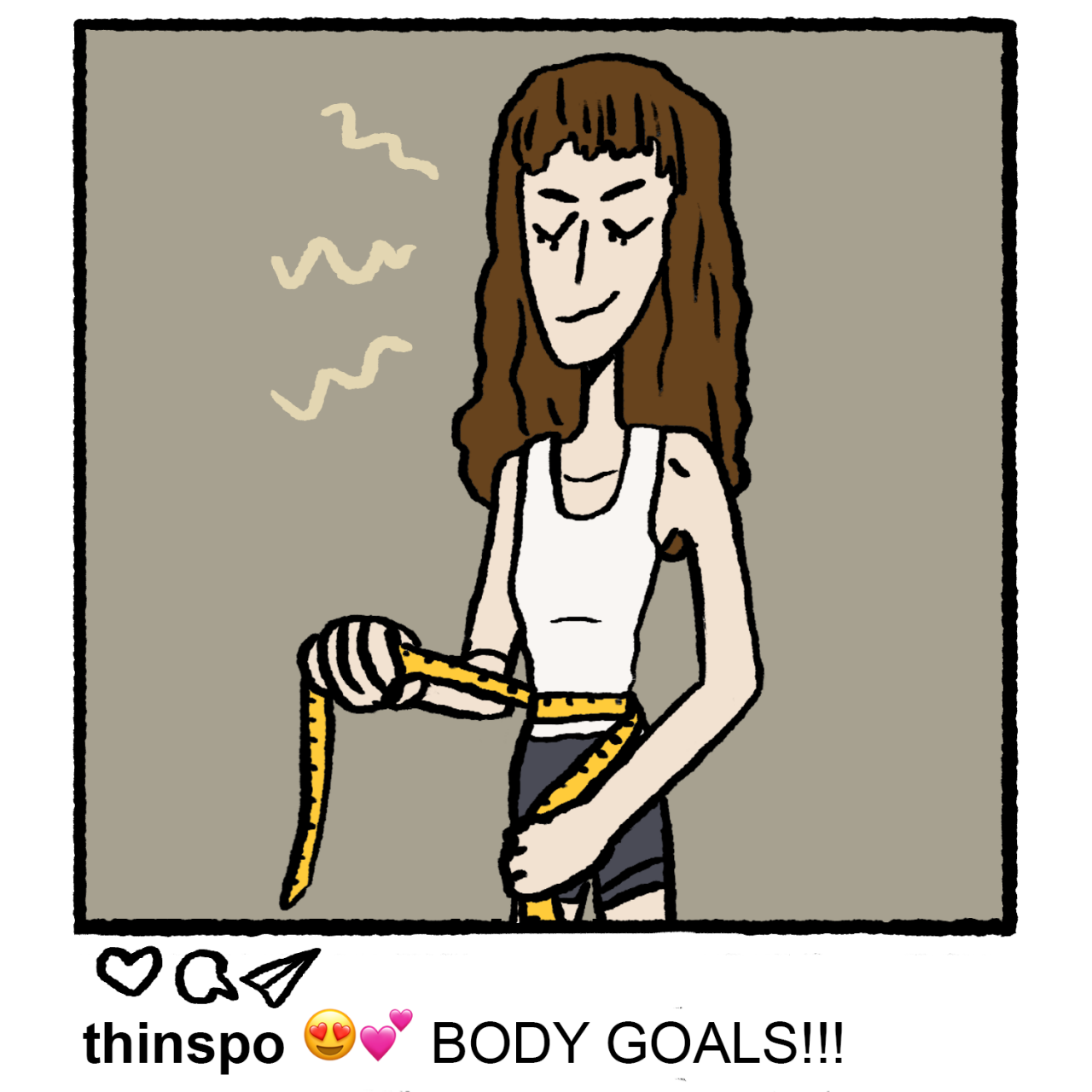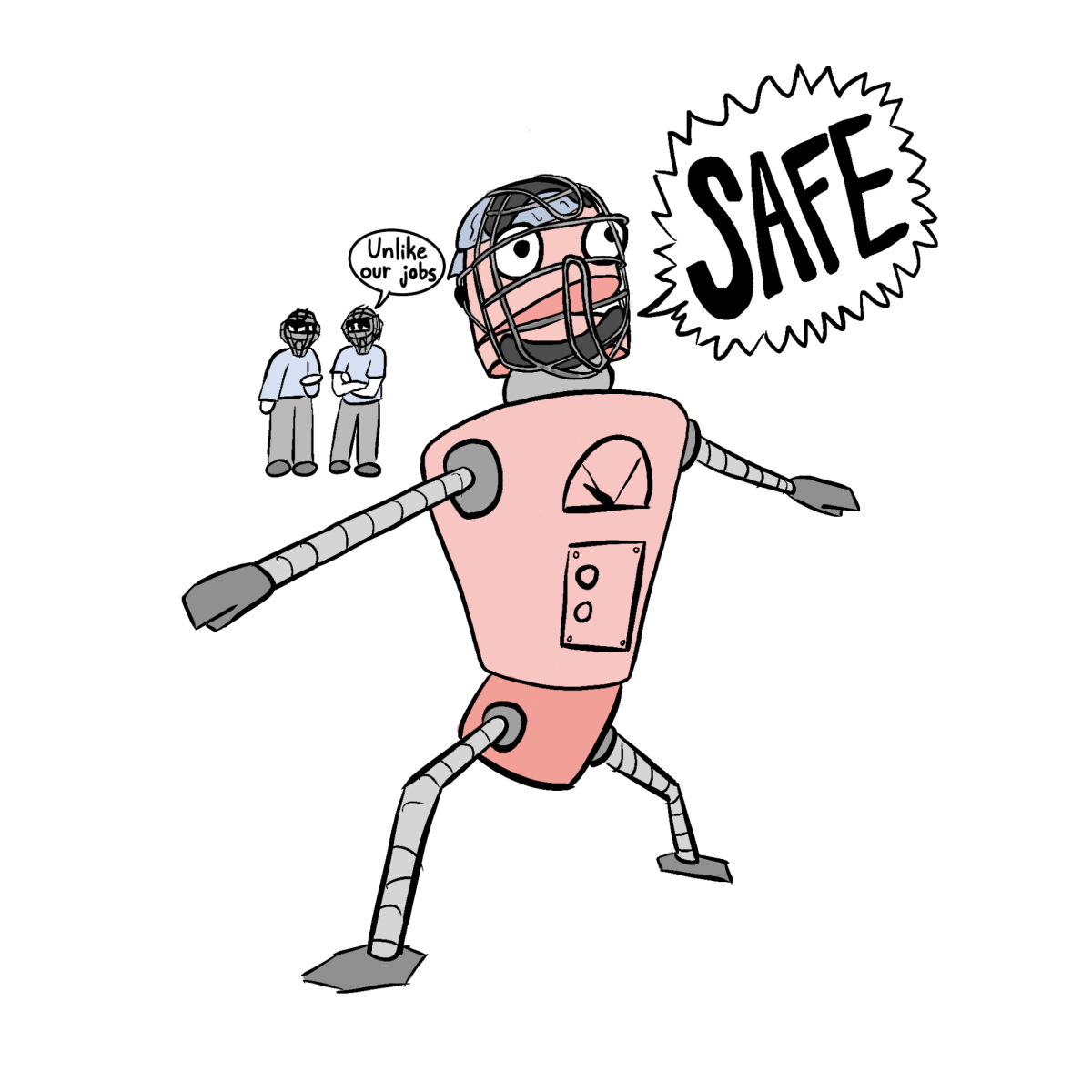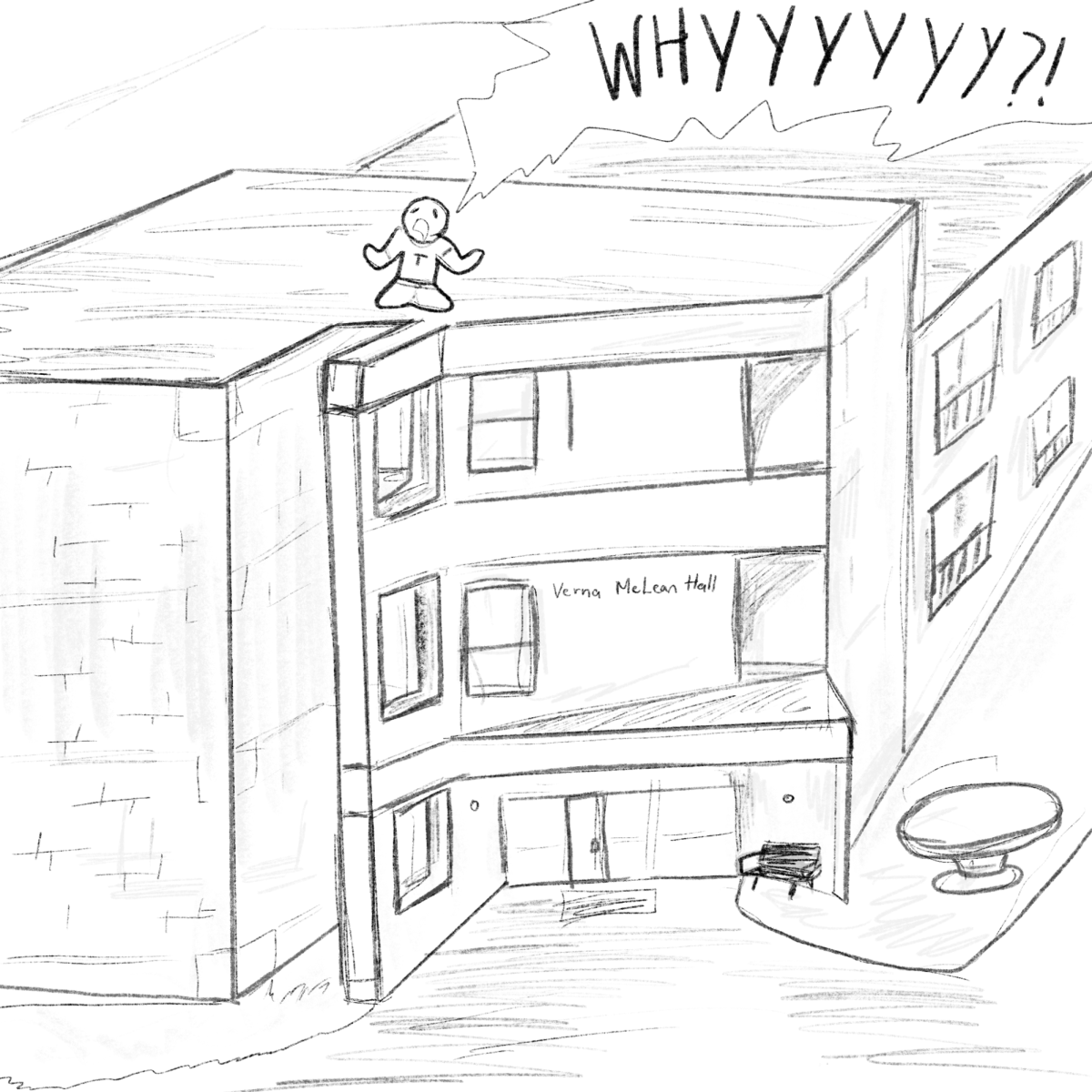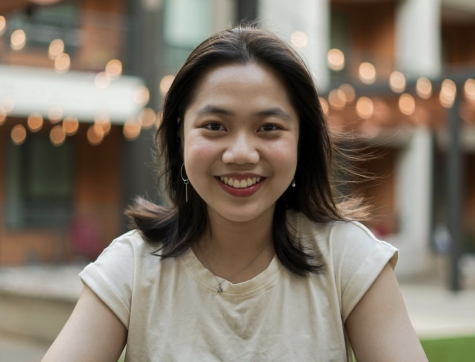
illustrations by Ren Rader
I find myself asking the same question when going out with friends: Is Instagram influencing how we eat?
There are few relationships that have become as inexorably intertwined as that of Instagram and food. In the past few years, the social media channel – which is primarily an avenue for people to post pictures – has emerged as a fount of wisdom about food, gently nudging users in the direction of restaurants perceived to have Instagrammable food or places that are so beautiful to look at, they are immediately bestowed the title “Instagram-friendly.” In fact, I did a quick search on Instagram and found 413 million posts tagged under #food.
However, should we really be giving an app so much control over our dietary choices?
Diet fads are timeless. The ’80s had SlimFast, the ’90s had Atkins and the 2000s regrettably popularized detox juice, but Instagram has elevated diet culture to a whole new level, disguising harmful habits in pretty packaging. Diet culture seems to be defined as a system of beliefs that equates being thin with health and moral virtue, promotes weight loss to achieve status, and demonizes certain ways of eating as well as oppresses people who do not fit within this false paradigm of health.
So how should we define it? Diet culture is an aesthetic currency on Instagram. Even content that does not specifically involve food, health or fitness, still often upholds the tenets of diet culture. Filters, angles, captions and comments all merge together to remind users of a narrow and falsely entangled conception of beauty and health.
Recent diet trends such as Paleo, Whole30 and clean eating have moved away from explicit goals of weight loss to instead focus on vague values of wellness. Of course, when our cultural ideal of wellness equals thinness, such rebranding is meaningless and certainly still harmful. Body positivity trends and greater cultural awareness regarding the dangers of media representations have made explicit weight shaming more taboo.
Users might follow Instagram food influencers like Jamie Oliver, David Chang or Sam Linsell hoping to integrate some of their recipes into their weekly meal rotation. I’m sure that these influencers have the best of objectives, but even well-intentioned food content can promote diet culture’s harmful ideas by transforming wellness into an aesthetic sensibility. Food-centric influencers are never just about the recipes that they post. More often than not, there is a certain well-lit, pastel aesthetic that sells these influencers as aspirational figures. What bloggers or vloggers like Jamie, David and Sam sell — whether they are aware of it or not — is a lifestyle.
Suddenly, food becomes so much more. With the right recipe and the right lighting, maybe we too can have a happy birthday and cozy kitchen. By disguising the diets behind this wholesome façade, Instagram depicts diet culture as a false sense of security that could conceal signs of disordered eating. Followers of influencers might begin to feel intense guilt when they don’t have the time or resources to fulfill their wholesome aesthetic. They might begin to identify certain foods as good because of how influencers represent them as “clean” or “whole” and subsequently regard other foods as bad, creating a punishing black and white paradigm of nutrition.
It’s impossible to avoid diet culture. What’s necessary is awareness. The next time you log onto Instagram, pay attention to how food is portrayed within your social media sphere and how that makes you feel. Watch for signs of disordered eating in friends, family and yourself.
Our current diet trends will go out of style one day, but self-love and compassion are timeless. If the camera must eat first, then make sure you’re also feeding your soul.







